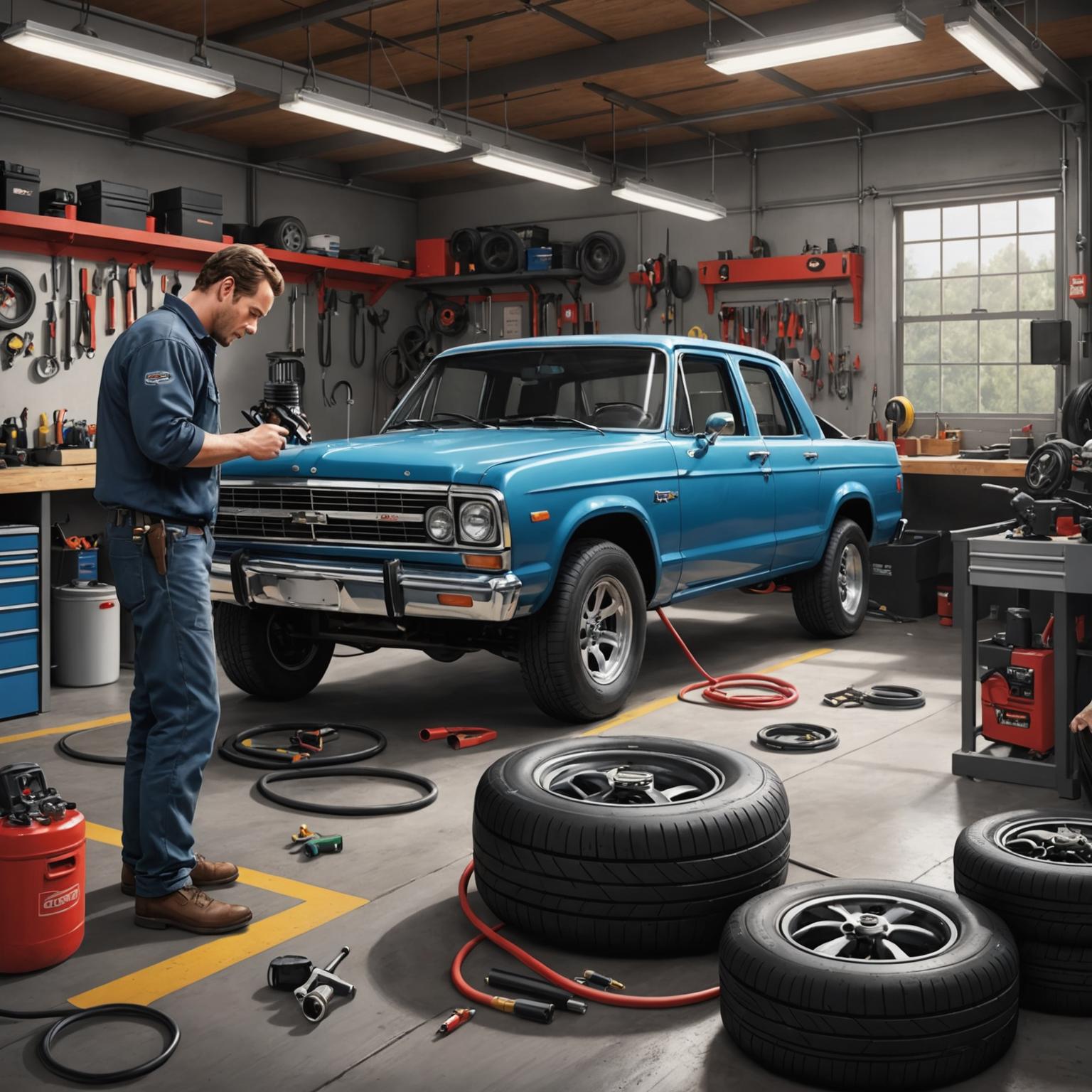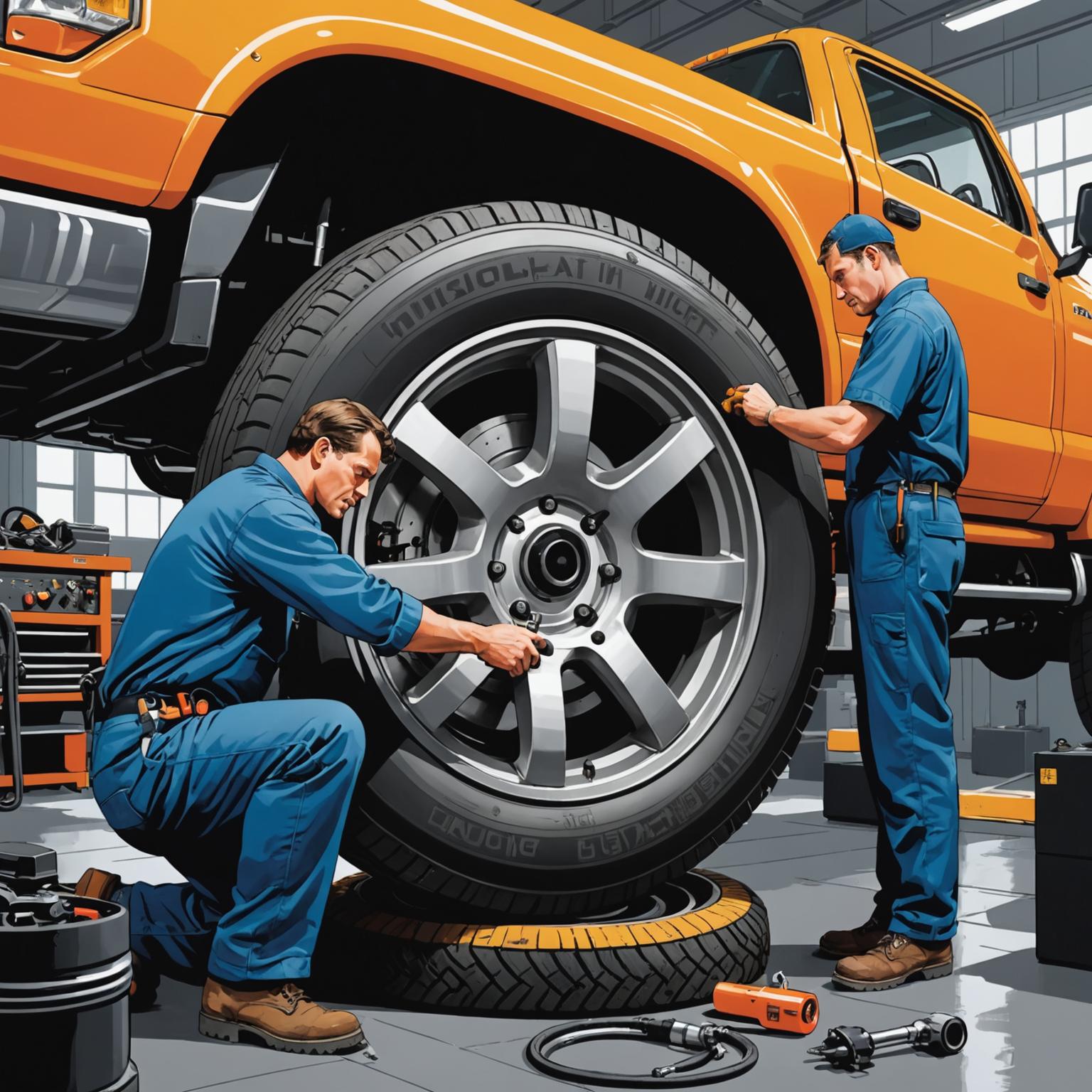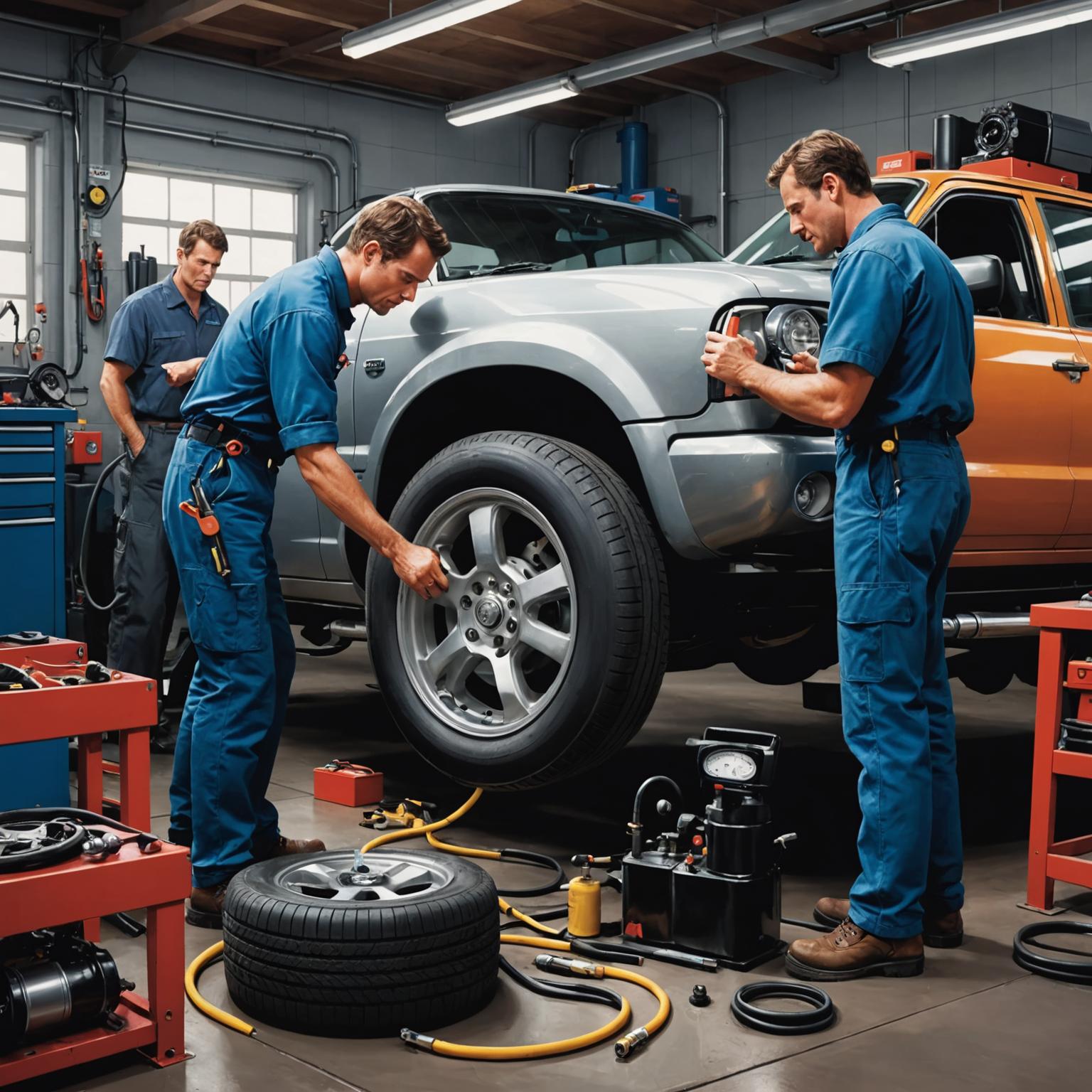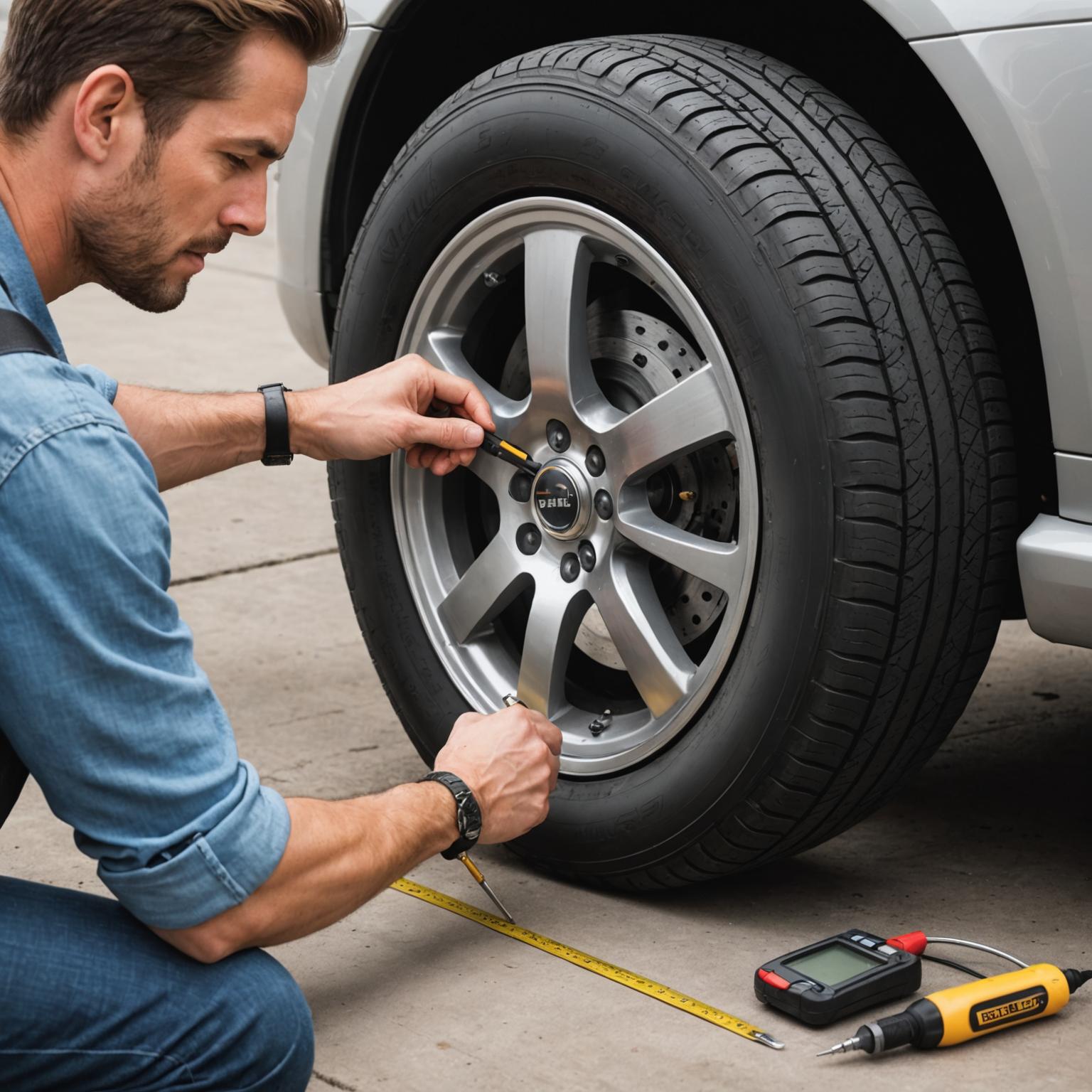Air chucks are versatile tools essential for various industrial and automotive applications, particularly in inflating tires and managing air pressure. These devices connect air compressors to valves, ensuring efficient and reliable inflation. In this article, we'll delve into the world of air chucks, exploring their types, benefits, and uses to help you make informed decisions.
1. What Are Air Chucks?
Air chucks, often used in tire maintenance, are mechanical devices that secure an airtight connection between an air source and an inflatable object. They feature a nozzle that locks onto valve stems, allowing for quick and secure inflation. Air chucks for tires are specifically designed for automotive use, making it easier to maintain proper tire pressure for safety and performance. These tools are typically made from durable metals to withstand high pressure and frequent use. Pneumatic chucks, a broader category, operate using compressed air and are integral in workshops and garages. Understanding air chucks begins with recognizing their role in preventing air leaks, which can lead to under-inflation and potential hazards.
2. Types of Air Chucks Available
There are several types of air chucks, each tailored to specific needs. Air chucks for tires are the most common, featuring a clip-on design for easy attachment to standard tire valves. Pneumatic chucks encompass a wider range, including those used in manufacturing for holding parts during assembly. Air compressor chucks are specifically engineered to work with portable or stationary compressors, offering high flow rates for rapid inflation. Inflation chucks, on the other hand, focus on precision, often including gauges for monitoring pressure levels. For instance, dual-head air chucks allow for versatile use on different valve types, enhancing efficiency in automotive repair shops. Each type serves distinct purposes, from everyday tire inflation to specialized industrial tasks, making them indispensable tools.
3. Benefits of Using Air Chucks
One of the primary benefits of air chucks is their ability to save time and effort in inflation processes. They provide a secure seal that minimizes air loss, ensuring that tires or other items reach the desired pressure quickly. Air chucks for tires help improve vehicle safety by maintaining optimal pressure, which can enhance fuel efficiency and reduce wear on tires. Pneumatic chucks offer durability and reliability, often built to handle repeated use without degradation. Additionally, air compressor chucks allow for compatibility with various air sources, making them adaptable for different environments. Inflation chucks often come with built-in safety features, such as pressure release valves, to prevent over-inflation. Overall, these tools contribute to cost savings by extending the lifespan of tires and reducing the need for frequent replacements, proving their value in both personal and professional settings.
4. How to Choose the Right Air Chuck
Selecting the appropriate air chuck depends on your specific requirements, such as the type of application and frequency of use. For tire-related tasks, opt for air chucks for tires that feature a sturdy clip mechanism and compatibility with standard valves. If you're working in an industrial environment, pneumatic chucks might be ideal due to their robust construction and ability to handle higher pressures. Consider the compatibility of air compressor chucks with your existing equipment to ensure seamless integration. Inflation chucks with additional features like swivel heads can offer greater maneuverability, especially in tight spaces. Factors such as material quality, ease of use, and price should also influence your decision. Always check for certifications to guarantee safety and performance, helping you avoid subpar products that could lead to inefficiencies or accidents.
5. Maintenance and Safety Tips for Air Chucks
Proper maintenance of air chucks is crucial for longevity and safe operation. Regularly inspect the device for any signs of wear, such as cracks or leaks, and replace parts as needed to maintain effectiveness. For air chucks for tires, clean the nozzle after each use to prevent debris from causing blockages. Pneumatic chucks should be stored in a dry environment to avoid rust and corrosion, preserving their functionality over time. When using air compressor chucks, ensure that the air pressure does not exceed the recommended limits to prevent damage. Inflation chucks with gauges require periodic calibration for accurate readings. Safety-wise, always wear protective gear and follow manufacturer guidelines to avoid injuries from high-pressure air. By adhering to these practices, you can extend the life of your air chucks and ensure they perform reliably.
6. Common Applications and Innovations
Air chucks find applications beyond just tires, including in sports equipment inflation, medical devices, and even aerospace. In automotive contexts, air chucks for tires are staples in garages for routine maintenance. Pneumatic chucks are evolving with innovations like quick-connect features that speed up processes in assembly lines. Air compressor chucks are now available in wireless models, offering portability for on-the-go use. Inflation chucks have seen advancements in digital integration, allowing for app-based pressure monitoring. These developments make air chucks more user-friendly and efficient, catering to modern demands. As technology progresses, we can expect even more enhancements, such as eco-friendly materials that reduce environmental impact.
7. Why Air Chucks Are Essential Tools
In conclusion, air chucks play a vital role in ensuring efficient and safe inflation across various sectors. Their design and functionality make them indispensable for anyone dealing with pressurized systems. Whether it's for personal use or professional applications, investing in quality air chucks can lead to better outcomes and fewer issues down the line. By understanding the different types and benefits, you can select the right one for your needs, ultimately enhancing your productivity and safety.






